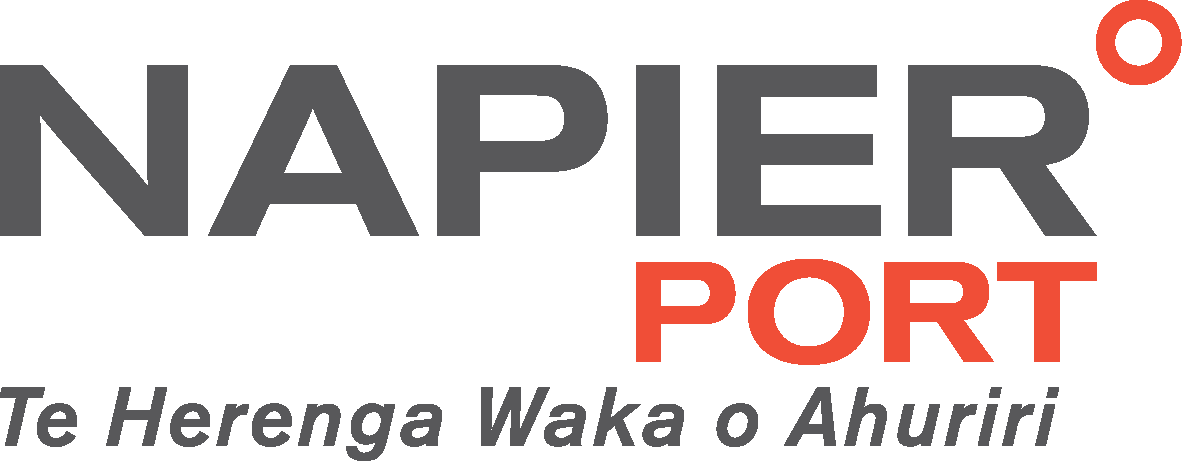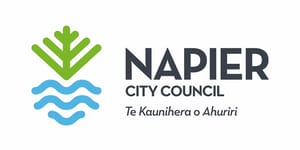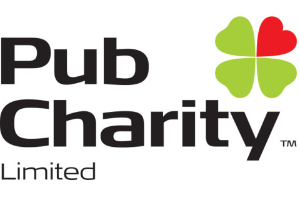The history of maritime rescue in Hawke's Bay goes back into the 1940's. When a local community rescue group was set up of members of the Napier Sailing Club using a rescue vessel designed by Maurice Davies called "Watchman".
Watchman was skippered by Fred Graham with a number of crew including, Fred Mangelson, Rod Smith and Peter Hartley just to mention a few.
The next stage involved the then Hawke's Bay Harbour Board assuming responsibility for search and rescue in our waters until then handing responsibility to the New Zealand Police in the late 1960's.
By 1974 there was some dissatisfaction with how things were organised so a number of local marine clubs and individuals formed the "Hawke's Bay Close to Shore Search and Rescue Organisation".
Throughout that period and up until 1986 actual rescues were carried out by Watchman and other vessels of opportunity crewed by local sailing and fishing club members and fishers.
Some other names from that period were Mike and Bev Carroll, Bob Woon, Paul Simmonds, Bryan Firman, John Lloyd, Gordon Sawyer, Roger Milne and lots of others.
In 1986 Hawke's Bay Volunteer Coastguard was incorporated as part of the New Zealand Federation of Coastguard.
9 November 1997 after 3 years of fundraising we saw the launch of our first dedicated rescue vessel, it was a 8.5 metre rigid hull inflatable build by Naiad. The Ahuriri Rotary Club was a key supporter of the project and they raised $55,000 of the total $175,000 cost. Bev Carroll who was the past secretary of Coastguard Hawke's Bay and a long time supporter, launched the new vessel. Bev's late husband Mike, was a past president and a driving force in the establishment of Coastguard Hawke's Bay. The boat was stored at Firmans Marine while the crew met at the old Customs House in Customs Quay.
In 2000 we took possession of a 44 foot ex RNLI lifeboat.
The New Zealand Coastguard purchased a number of ex RNLI Waveney class lifeboat, we got the fifth one, and she arrived in New Zealand on board the container ship Mairangi Bay at Napier on 29th January 2000. She was built by Fairey Allday Marine, Cowes in 1980 and carried the operational number 44-021 and was named Barham. She was named after H.M.S. Barham which was sunk in November 1941. Mr Colin Stringfellow who lost his only brother in H.M.S. Barham had left a legacy for the purchase of this boat. His legacy along with another legacy from Mrs A G Miles went most of the way in covering the original cost: £260,000
Barham was a fitting memorial to Mr Stringfellow's brother and his brother's shipmates. It also has a resonance today with our own CK Rescue where a large proportion of her cost was met by a legacy from Celia Knowles of Bay View.
While with the RNLI initially at Great Yarmouth and Gorleston and subsequently as a relief vessel, Barham had 275 service call-outs and saved 82 lives.
She had twin 250 horsepower Caterpillar D3208T engines. With a top speed of 15 knots and a range of 190 nautical miles.
Waveney's were strong solid boats, they were however too slow and not really suited to our conditions. To quote one of the skippers from back then 'a specialty of the new boat was to make many newbie crew "as sick as a dog". That was due to her propensity to roll. She was designed to for the rough North Sea waters and to be self righting. Thankfully we never had to test that ability.
Nevertheless the Waveney and Naiad complemented each other nicely, the Naiad was a high speed, quick response vessel while the Waveney was slower she could go out in rougher seas and tow larger vessels.
One particular incident really cemented future vessel plans. A crewman on a tuna long liner was injured about 50 miles off the coast and at that time we did not have a local helicopter capable of getting him off. So the Waveney was sent out while the tuna boat headed for shore. They rendezvoused about 25 miles off Cape Kidnappers. The whole incident showed the need for a vessel that could combine the speed of a Naiad along with the sea keeping qualities of the Waveney. Although it took some time, we do have such a vessel now.
In late 1997, the landbased operation moved from the old Customs Building in Customs Street into a building owned by the Watson Family at 704 Meeanee Quay. The building was big enough to store the Naiad on a trailer. At that time, we would use a tractor to tow her down the beach by the Westshore Bridge. We are still at the same site albeit in a very different building. We eventually purchased the building and then in 2004 a major project was undertaken, to turn our old "shed" into a state-of-the-art marine search and rescue facility. On the 13th of August we were able to officially open our refurbished rescue centre.
Headed up by then President, Dick Hilton a sub-committee of Peter Boshier and Tony Young raised the funding required to build the amazing facility that we now have. In the past when we were undertaking a Police managed search or rescue we would pack up all of our gear and move down to the Police Station. Today the Police use our facilities. We have whiteboards and chart tables for planning, computers for accessing data sources and tracking our assets, radios and rooms to meeting and plan.
Our rooms are also used by Hawke’s Bay LandSAR and Hawke’s Bay Surf Callout Squad. Our Base has become an important resource for search and rescue in Hawke Bay.
The Waveney sold about 2005 and although we have lost track of who owns her, we understand that she is being used a dive boat in the Bay of Islands.
In 2007 another large project was started - the design and build of a new rescue vessel which would incorporate the best of our two old vessels, a quick response vessel for getting on scene quickly and safely while still being able to tow large vessels. On Saturday 20 June 2009 with the very generous support of the Celia Knowles Estate and many others in the Hawke's Bay Community such as Eastern and Central Community Trust, a number of local trusts and organisations and Lotteries Grants Board plus Coastguard New Zealand we were able to launch Celia Knowles Rescue or as we know her CK Rescue.
CK was to be moored permanently in the water, so we had to arrange for a floating pontoon. That was generously donated by the Napier Sailing Club. We later added a sloping aluminium ramp with enough width to take a stretcher to and from CK.
CK cost about a million dollars, and she is named after the late Celia Knowles, a Hawke Bay resident whose estate assisted greatly the build.
CK was designed by De Villiers Yacht Design Ltd and built by AMF in Tauranga, is 11.70 metres in length, is powered by twin 480-horsepower Cummins diesel engines coupled with Hamilton jet units for ease of manoeuvrability. She has a top speed of about 33 knots and with a fuel capacity of 1180 litres she has a total range of 250 nautical miles and is capable of staying out at sea for more than 10 hours. Compare that to Barham's 500 horsepower, top speed of 15 knots and 190 nautical mile range. CK now has a sister ship with Coastguard Taranaki in New Plymouth.
Why do we need a vessel with these sorts of specifications?
Well our search and rescue area is one of the largest covered by a Coastguard unit in New Zealand. It spans from Waikahawai Point in the North to Turnagain Point in the South and up to twelve miles off shore. Where necessary we do travel further offshore, we have taken CK 40 miles offshore, after receiving dispensation from Maritime New Zealand.
In addition she has been used by the Hawke’s Bay Regional Council for work as diverse as obtaining water samples and clearing oil spills. She is also a backup pilot vessel for the Napier Port.
Our jobs can range from literally ½ hour, where we recover something from the Inner Harbour through to 10 hour jobs involving a tow from places such as Portland Island and the Lachlan Banks, about 40 miles off shore.
Coastguard Hawke's Bay is very much a part of the Hawke's Bay community. We raise most of our funding locally, our people come from the local community and we are here to serve local and visiting boaties.











